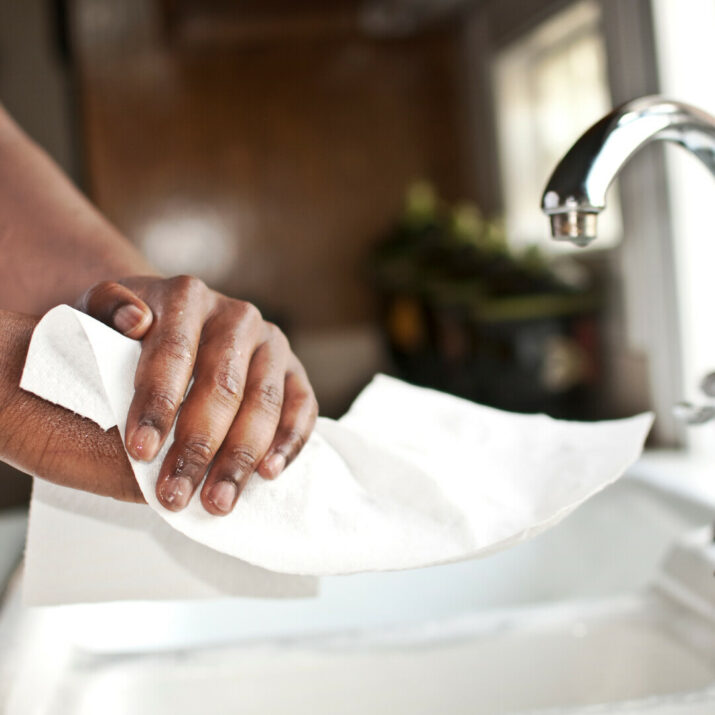
Global Handwashing Day (marked annually on 15 October) is a reminder that something as simple as handwashing can make a profound difference to public health and disease control. This year’s theme, “Clean hands are within reach,” highlights that proper hand hygiene goes beyond soap and water. How we dry our hands is in fact just as important.
“Health experts cite that more than 80% of illnesses can be transmitted by the hands which is why everyday hand hygiene is key to reducing the spread of infections that cause illness,” says Samantha Choles, communications manager at the Paper Manufacturers Association of South Africa (PAMSA).
However, washing our hands is only half the job. Wet hands can transfer germs up to 1,000 times more easily than dry ones, according to the US Center for Disease Controi.
Numerous studiesiihave examined the effectiveness of warm or jet air dryers compared to disposable paper towels. The common conclusion is that paper towels remain the most hygienic way to dry hands in public washrooms as they remove residual moisture and bacteria more effectively, and limit the spread of germs into the air. It’s for this reason that paper towels are recommended in areas such as hospitals and clinics.
What about the environmental impact of disposable paper towels?
Many people worry about the sustainability of single-use or disposable paper towel. Choles assures tissue and paper towelling products are made from sustainably sourced virgin wood fibre and/or recycled paper fibre such as used office paper.
PAMSA’s tissue manufacturing members also subscribe to forest certification bodies to ensure that raw materials are sourced responsibly. Modern mills also make use of renewable energy and closed loop water system in the manufacturing process.
“And you don’t need electricity to dry your hands with a paper towel,” remarks Choles.
What if there’s no paper towel available?
In this case, use the air dryer – but use it properly. The goal is to make sure your hands are completely dry before touching anything else.
- Wash thoroughly first: Use soap and warm (or cold) running water for at least 20 seconds, scrubbing palms, backs of hands, between fingers, and under nails.
- Shake off excess water: Before using the dryer, shake your hands gently over the sink to remove as much water as possible – this shortens drying time and reduces droplet spread.
- Keep hands still under the dryer: Hold them still and cupped under the airflow until completely dry – usually about 30–40 seconds.
- Don’t touch surfaces afterward: Use your elbow or sleeve to push open the washroom door if possible.
